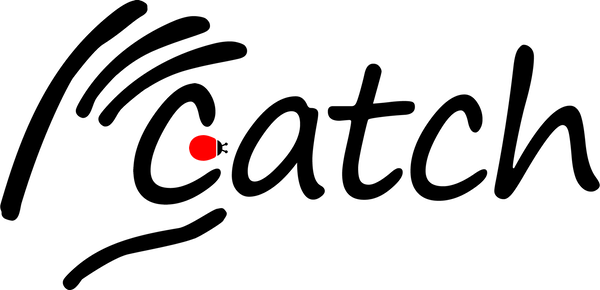mirror of
https://github.com/catchorg/Catch2.git
synced 2025-12-05 18:49:33 +01:00
a600bfeb75b8883448f7518b4ce9a291796c3581
The cmake download was failing, so we were relying on the old cmake,
which I broke recently (in 7ae96c710b).
Now the download should work again.
Also fixed warning that the requested OSX image no longer exists and
that it is automatically substituted for xcode 7.3 image.
v1.6.1
The latest, single header, version can be downloaded directly using this link
What's the Catch?
Catch stands for C++ Automated Test Cases in Headers and is a multi-paradigm automated test framework for C++ and Objective-C (and, maybe, C). It is implemented entirely in a set of header files, but is packaged up as a single header for extra convenience.
How to use it
This documentation comprises these three parts:
- Why do we need yet another C++ Test Framework?
- Tutorial - getting started
- Reference section - all the details
More
- Issues and bugs can be raised on the Issue tracker on GitHub
- For discussion or questions please use the dedicated Google Groups forum
Description
A modern, C++-native, test framework for unit-tests, TDD and BDD - using C++14, C++17 and later (C++11 support is in v2.x branch, and C++03 on the Catch1.x branch)
Readme
82 MiB
Languages
C++
90%
CMake
5.5%
Python
3.4%
Meson
0.6%
Starlark
0.3%
